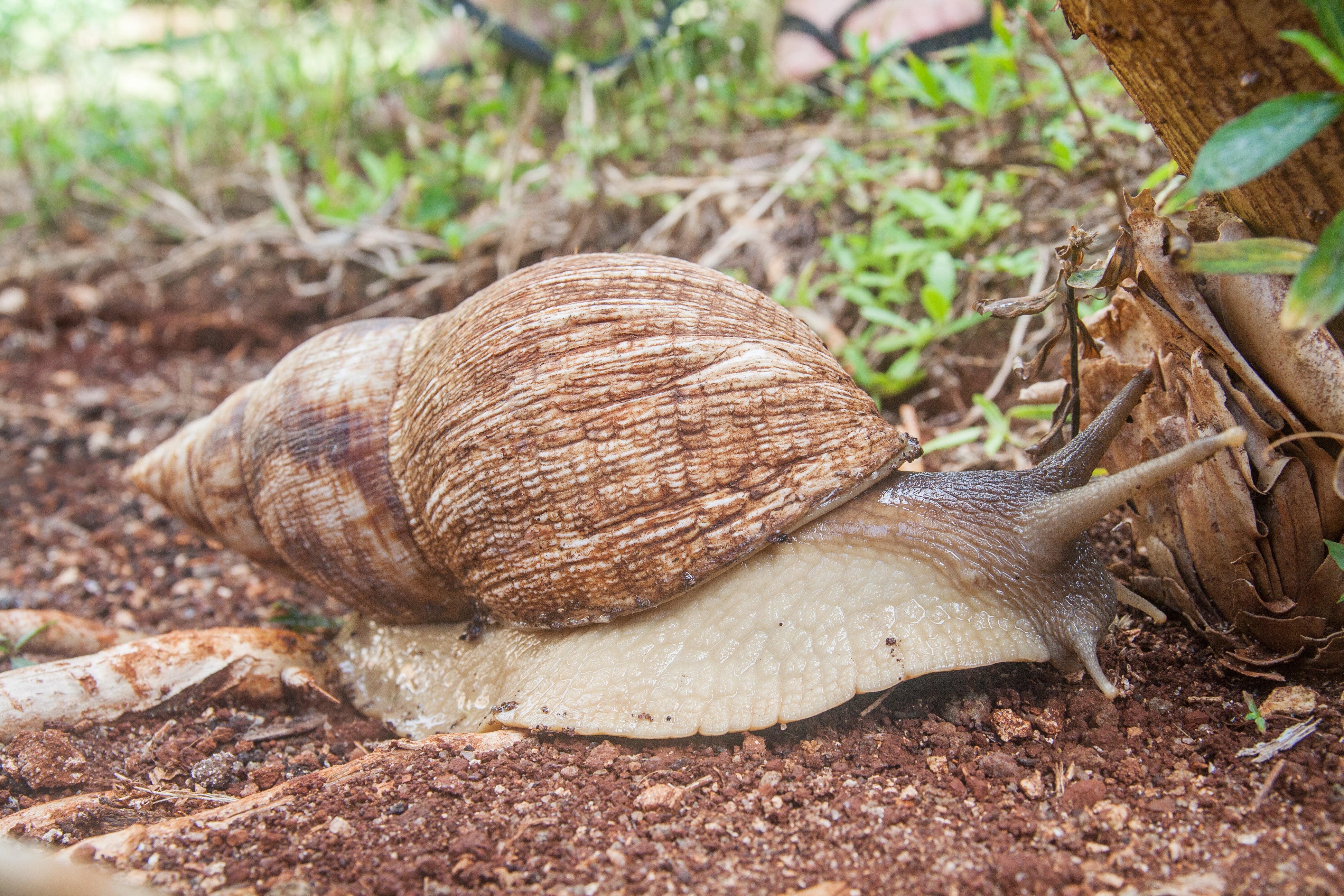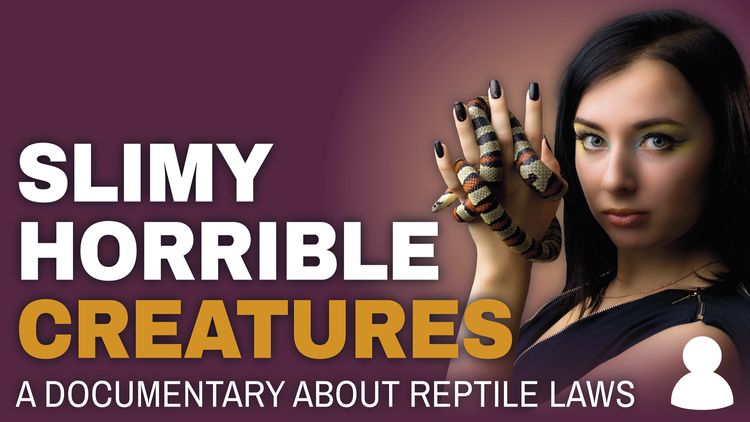Introduction
Our Giant African Land Snail care sheet has all the expert guidance you need to ensure you can effectively look after your Giant African Land Snail.
The Giant African Land Snail (Achatina Fulica) is one of the most commonly available giant african land snails available.
They are one the best pet snail species as they are easy to look after, feed and (for the majority of the time) don't need any specialist heating requirements
Originating from from Kenya and Tanzania, this species is considered a pest in any countries where they have been accidentally introduced, they are now widespread in Ethiopia, Somalia, Madagascar, Morocco, Ghana and many more countries.
Commonly reaching 12cm or more (shell length) and with a typical lifespan of 5-7 years they are a large, long lived species.
Interesting, even snails that live alone will begin to reproduce at an age of 9-12 months (they do this via parthenogenesis). As snails hermaphrodites (both male and female) this will happen to all snails.
Housing
There is a wide range of suitable enclosures for Giant african land snails, glass tanks can be used as long as the roofs are low. Plastic tanks are also a favourable option.
Heating
This species requires temperatures between 20-25 o C, in some cold houses a heat mat with a thermostat will be required. To check temperatures, a digital or an infra-red thermometer should be used
Lighting
No additional lighting is necessary, but a small LED light can be used for visual lighting.
Decoration
Snails are quite prone to dropping off the top of the enclosures, and a fall onto a hard surface could damage or potentially break their shell, so avoid hard objects
Plastic food dishes, flower pots, corkbark, plastic plants and flowers are all suitable for snails. It is a good idea to have sphagnum moss in the enclosure as it will aid humidity levels.
Substrate
Coir substrate is the best option to use, and you can buy it as compact bricks or loose. The substrate should be deep enough for the snail to fully bury itself into
Feeding & Supplementation
Cuttlefish should be provided as a source of supplementation for giant african land snails. The snails rasps at the cuttlefish bone and use it as a source of calcium for egg laying as well as to help them grow and repair their shells.
There is a wide variety of foods you can offer them. A protein day should be given at least once week, this can be in the form of fish flakes (no garlic in them), soaked in water, dried mealworms crushed up and soaked into water, and you can even offer pinkie mice as a rarer treat for them to eat.
Salad, fruits and vegetables comprise the majority of their diet. All items offered should be thoroughly washed as insecticides can linger.
As long as they are free from pesticides, the following food items are considered safe:
- Apple,
- Artichoke,
- Banana,
- Basil
- Beans
- Blueberries
- Butternut squash
- Cabbage
- Carrot
- Cauliflower
- Celeriac
- Cherry
- Clover
- Courgette
- Cress
- Cucumber
- Dandelion leaves
- Lettuce
- Kale
- Kiwi
- Mango
- Marrow
- Mushrooms
- Nettle
- Passion Fruit
- Peach
- Peas
- Pears
- Pepper
- Plantains (when very ripe - totally black and mushy)
- Plum
- Pumpkin
- Salad bags
- Spirulina
- Spring greens
- Strawberries
- Sweetcorn
- Sweet potato
- Tangerine
- Tomato
- Turnip
- Watermelon
Further Reading
Our Giant African Land Snail care sheet is designed to cover the basics needed to successfully keep and care for your new pet.
If you want to find out more about Giant African Land Snail care, why not check out our great range of books.
If you have other reptiles as pets, be sure to check out our other care sheets, including Bearded Dragon, Leopard Gecko, Hognose Snake, Crested Gecko, Hermann's Tortoise & Corn Snake



